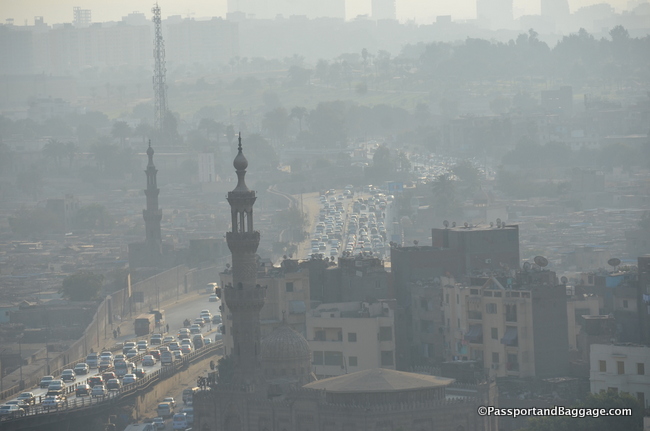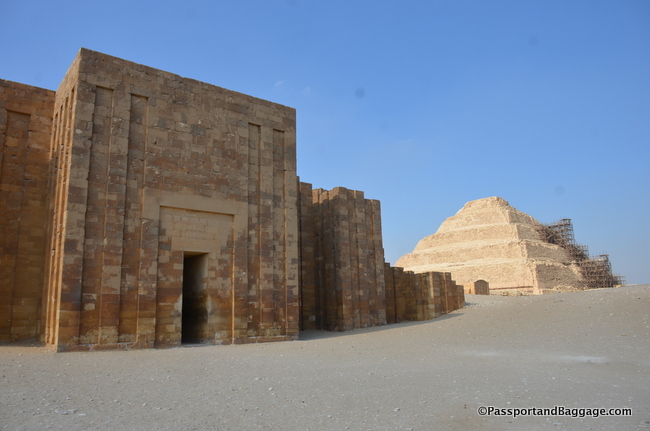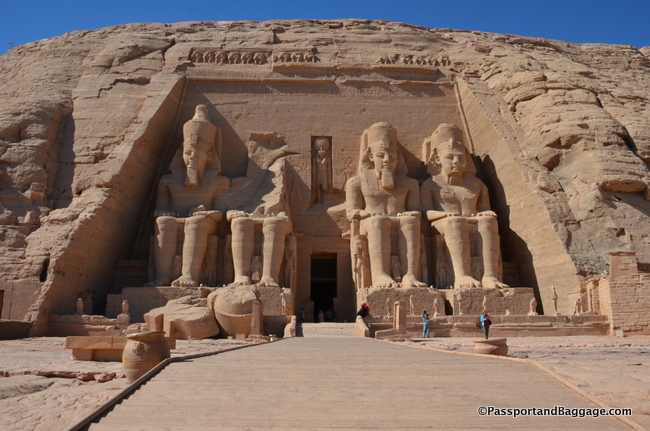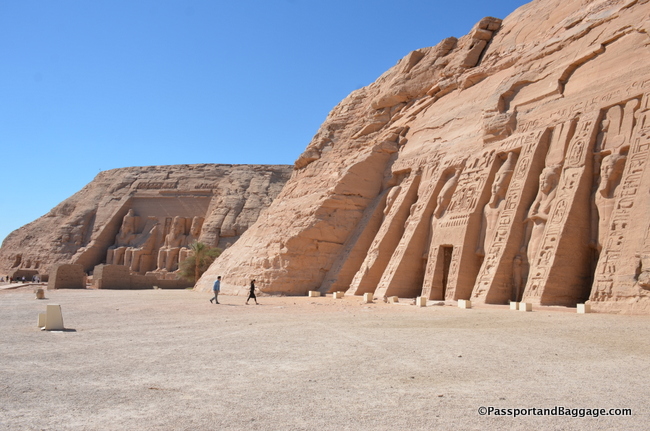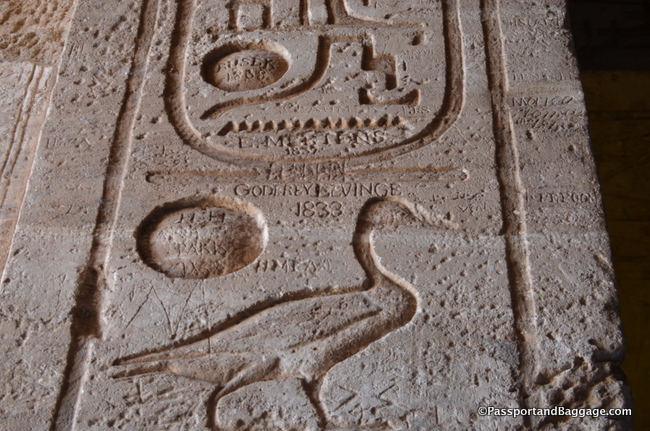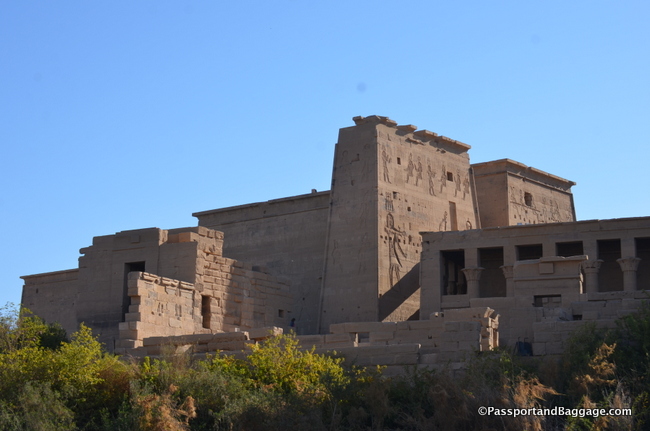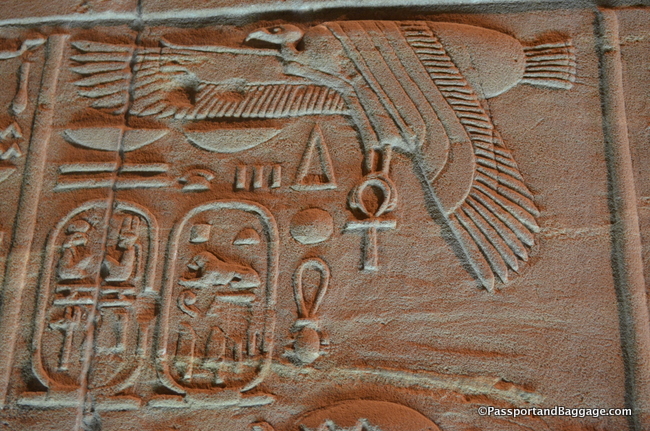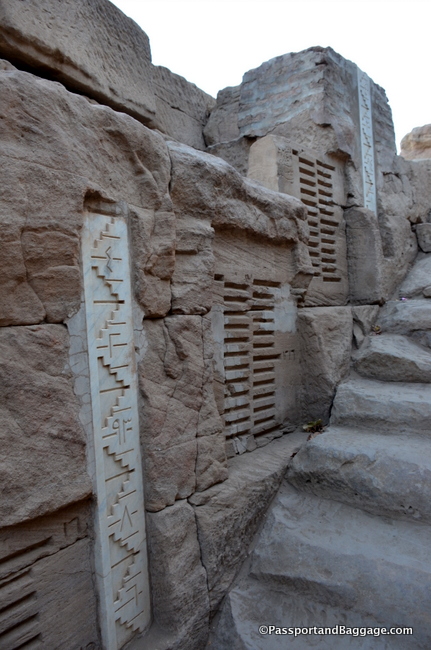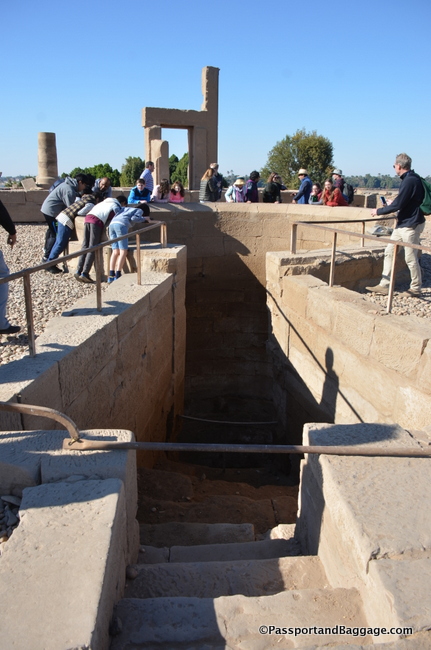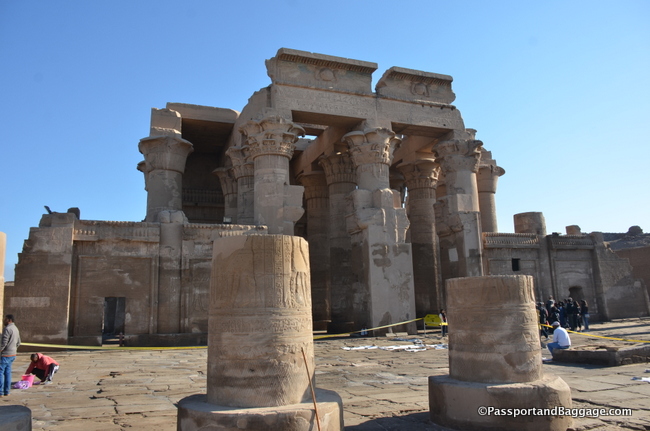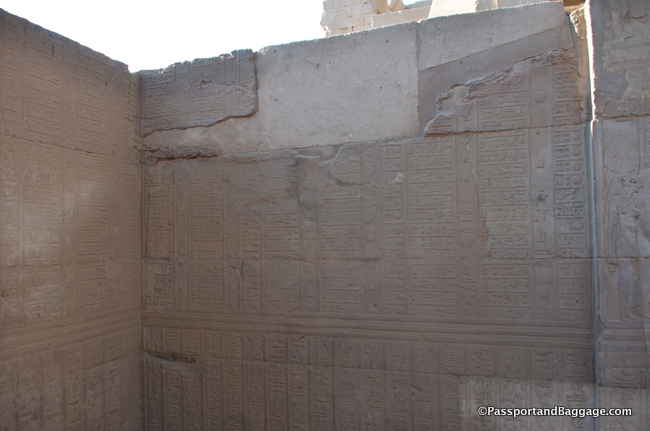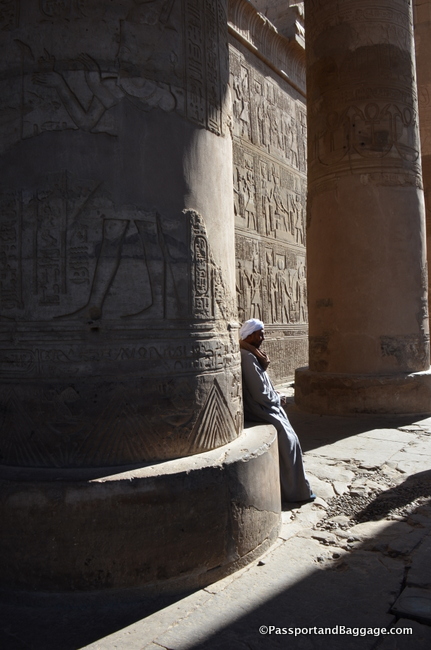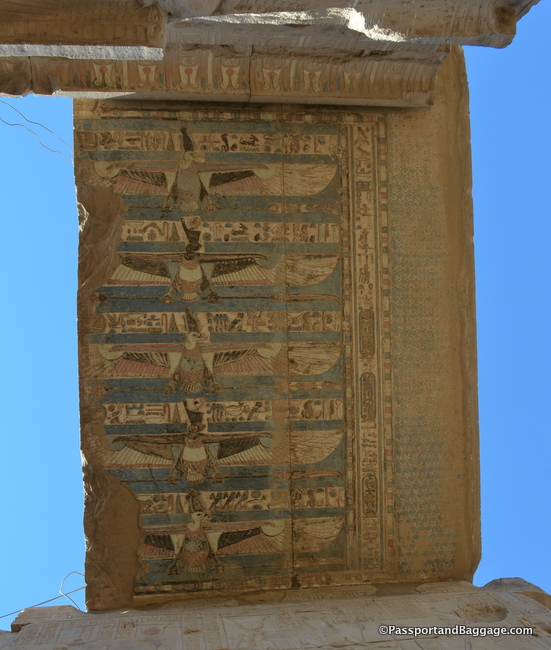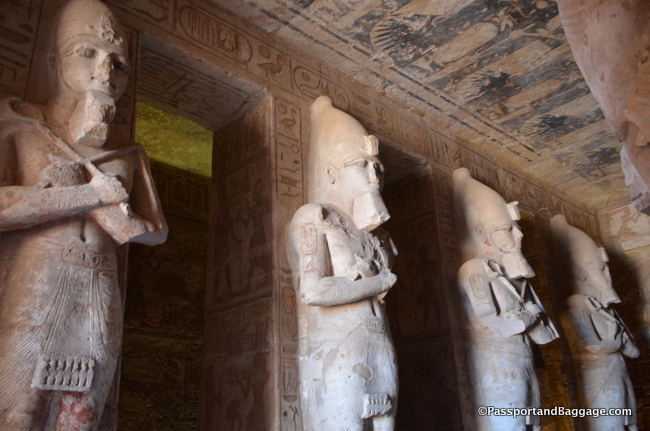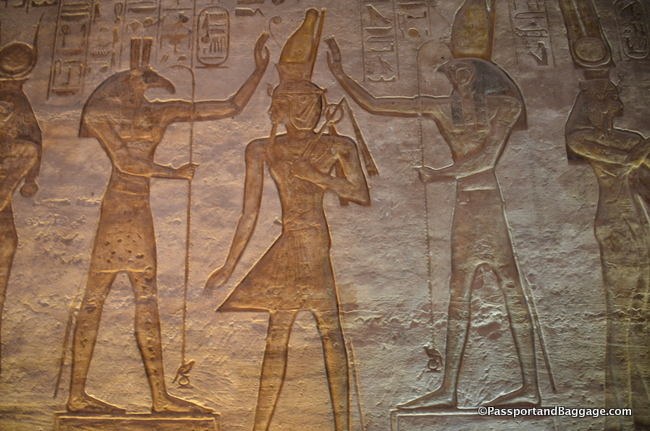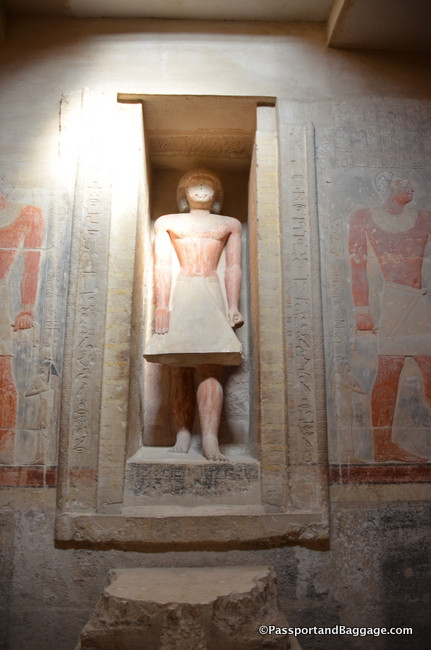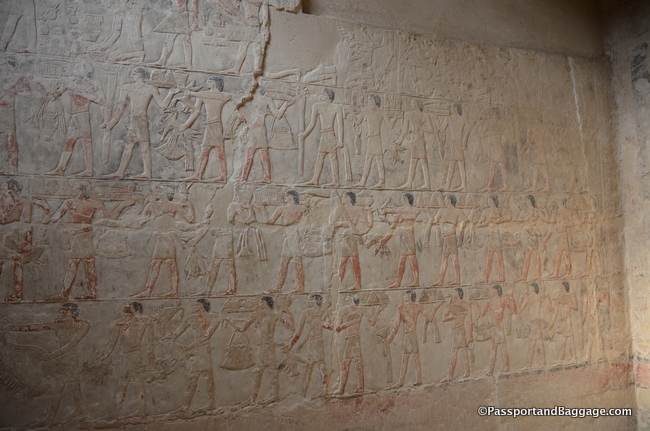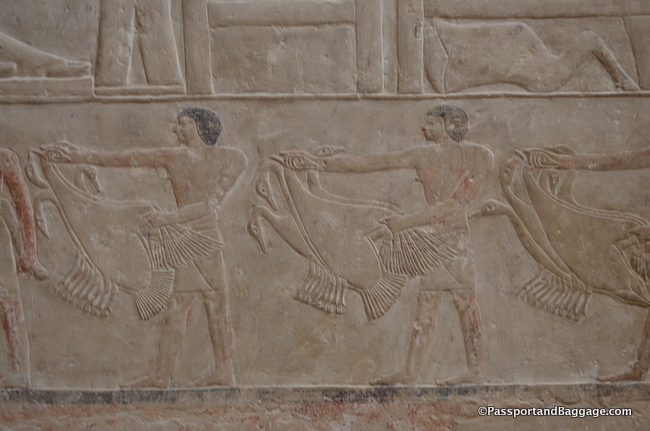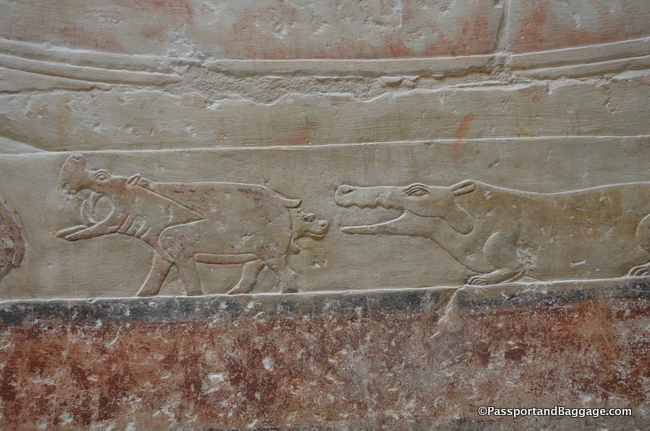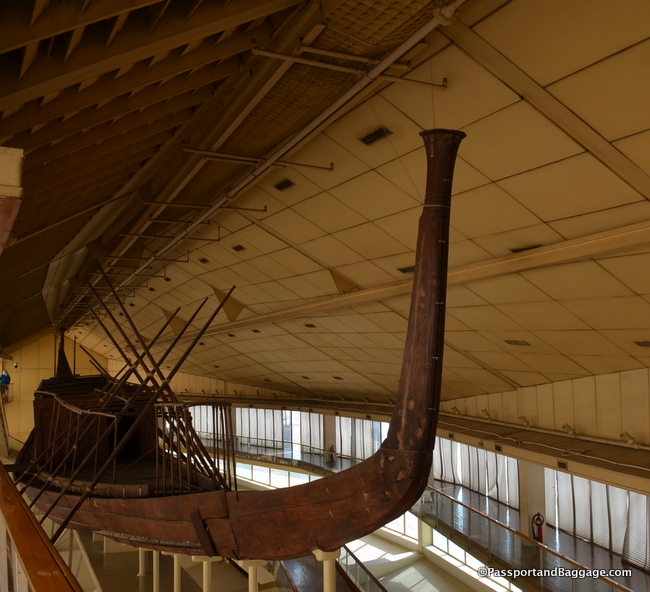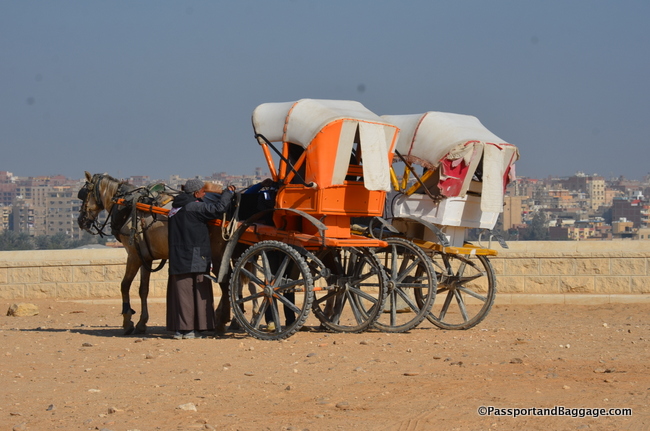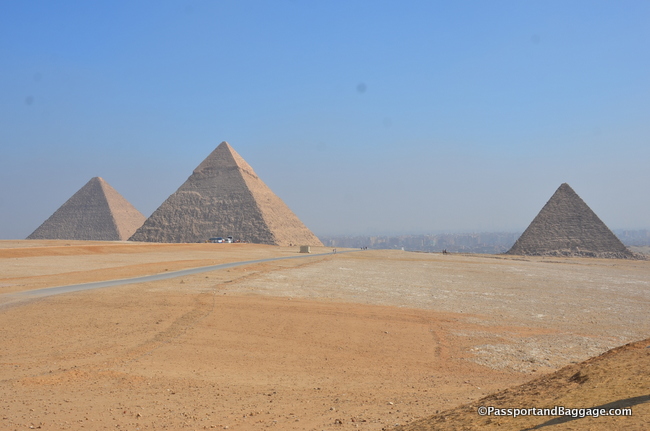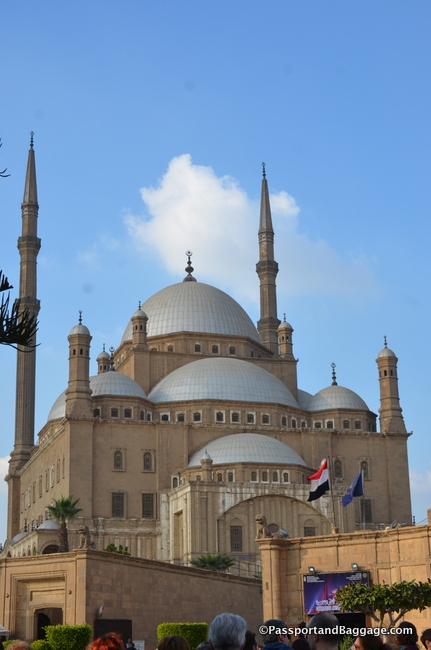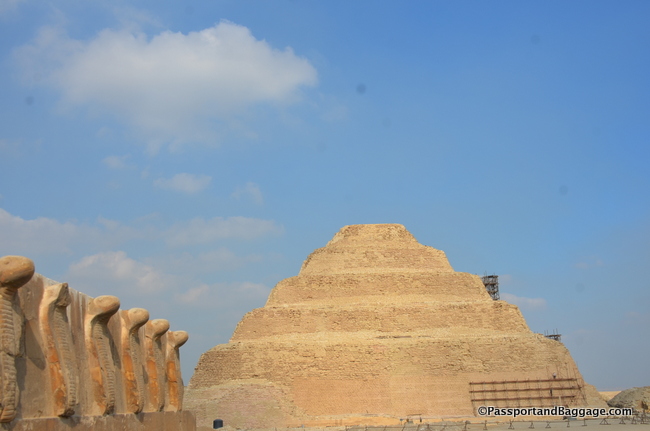December 2018
What can one say about Egypt that National Geographic has not done better? However, I want to write about my adventures because I want to remember them. For that reason, this post will be photos and captions and very little more.
Cairo – December 23, 24, 25 and 26
Of course, I did the pyramids of Giza and the Sphinx, but there was also Memphis, the Solar Boat Museum, the Imhotep Museum, Saqqara, the Api bull temple and so much more.
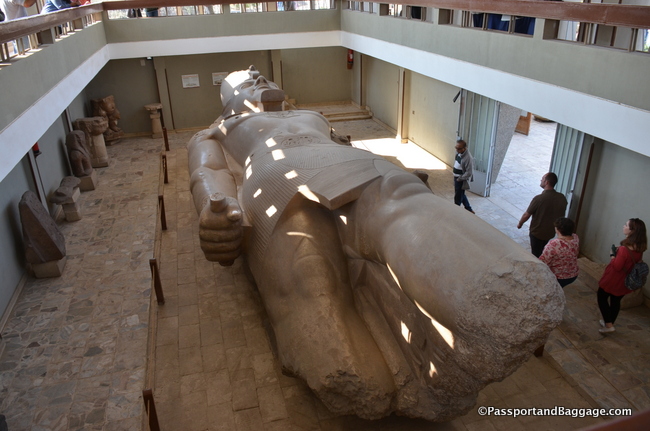
Ramses II in Memphis. Memphis was the capital of Egypt during the Old Kingdom (ca. 2686 BC–ca. 2181 BC).
This monumental statue of Ramses II was carved from limestone and is about 32 feet high. It was discovered by Italian explorer Giovanni Battista Caviglia (1770–1845).
In contrast to so many antiquities around the world in the nineteenth century, the statue was offered to various institutions, including the British Museum, who all declined because of the huge costs involved in shipping the statue.
Abu Simbel – December 27
The Aswan dam was built in the 1960s to tame the flood waters of the Nile. Fortunately, many of the treasures of Egyptian history were moved to protect them from the waters that now make Nasser lake. One of these was the spectacular and monstrous Temple of Ramses II and Nefertari at Abu Simbel.
In an effort to prevent the temples’ destruction, UNESCO embarked on its first-ever collaborative international rescue effort (the organization was initially formed in 1945 to promote a culture of peace and prevent the outbreak of another war). This incredible effort later became the catalyst for the World Heritage list.
The carvings inside of the temples are truly stunning, but what caught my eye was the graffiti added in later ages.
Aswan – December 28
Another project that was moved due to the rising waters was Philae.
When the Aswan High Dam was completed in 1971, the temples on Philae would have entirely disappeared, but they were rebuilt by the UNESCO on the nearby Island of Agilkia.
Philae is dedicated to Isis – the Goddess of motherhood, magic, and fertility.
Elephantine Island
December 28
One of the more interesting things I learned thus far on this trip was the Nilometer
A nilometer was a structure for measuring the Nile River’s clarity and water level during the annual flood season. There were three main types of nilometers, calibrated in Egyptian cubits: a vertical column, a corridor stairway of steps leading down to the Nile, or a deep well with a culvert.
Elephantine Island has the best-known example of a Nilometer. A stairway of 52 steps leads down to a doorway at the Nile. This location was particularly important since, for much of Egyptian history, Elephantine marked Egypt’s southern border and was, therefore, the first place where the onset of the annual flood was detected.
When the Nilometer recorded a high water level, it meant a good harvest, but it also meant more taxes.
Kom Ombo- December 29
Kom Ombo is unique because its ‘double’ design meant that there were courts, halls, sanctuaries, and rooms were duplicated for two sets of gods.
The southern half of the temple was dedicated to the crocodile god Sobek, god of fertility and creator of the world with Hathor and Khonsu. The northern part of the temple was dedicated to the falcon god Haroeris (“Horus the Elder”), along “with Tasenetnofret (the Good Sister, a special form of Hathor or Tefnet/Tefnut) and Panebtawy (Lord of the Two Lands).
There is a very small mummified crocodile museum on the site as well.
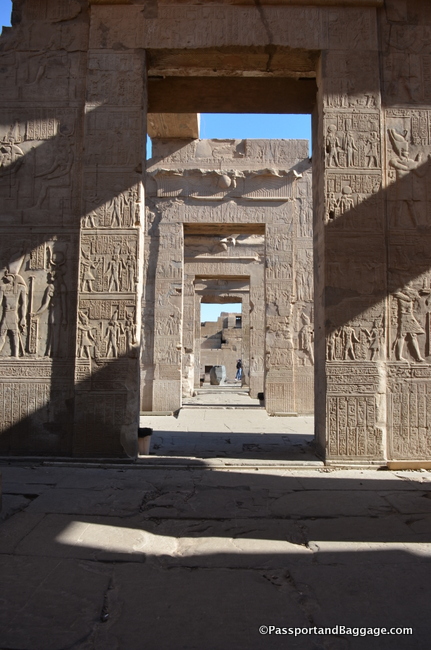 The temple is atypical because everything is perfectly symmetrical along the main axis.
The temple is atypical because everything is perfectly symmetrical along the main axis.
The Ancient Egyptian calendar was originally based on twelve lunar months, grouped into three seasons of four months each.
It is truly hard to explain how every square inch of these sites are covered in stunning drawings and hieroglyphics. I will just throw in a few photos for your enjoyment.
